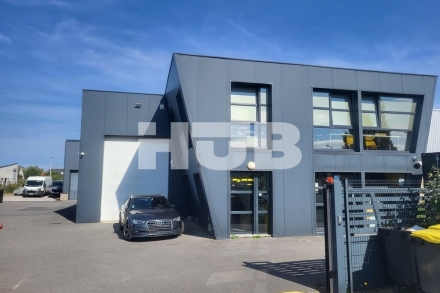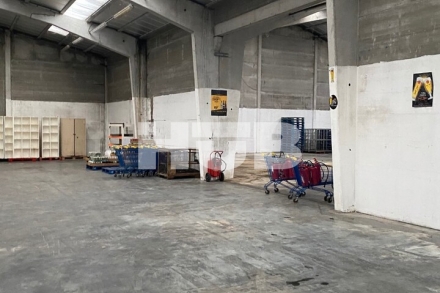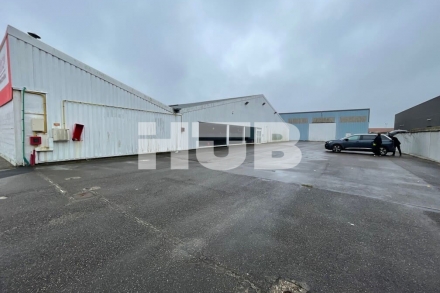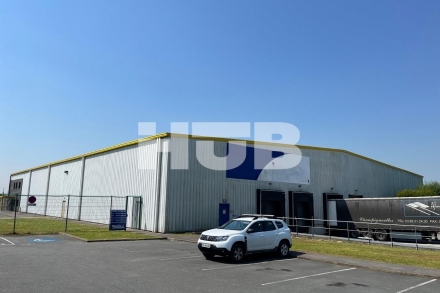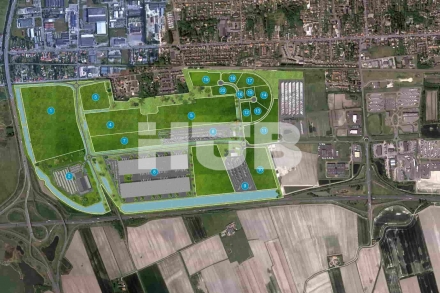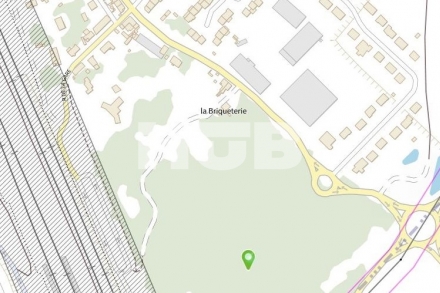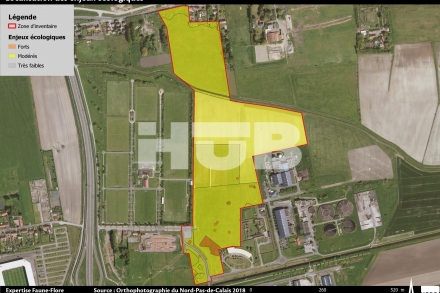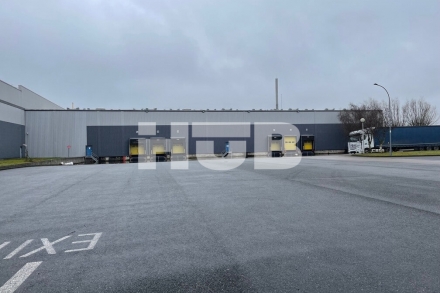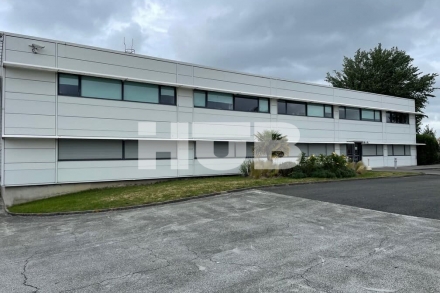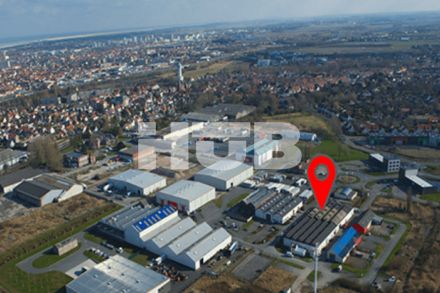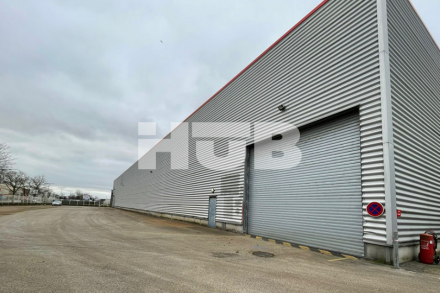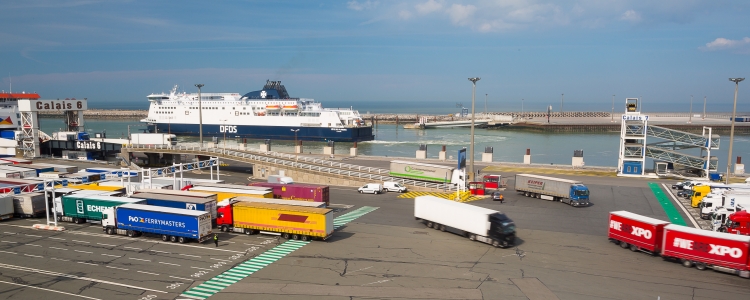
The Ports of Calais, Boulogne, and Dunkirk
The Port of Calais is the 1st French port in terms of passengers.
Located at the end of the Channel and at the beginning of the North Sea, the distance between England and France at Calais is only 38km. The Calais – Douvres axis represents an important crossing between continental Europe and Great Britain.
Calais’ status as leading port can be explained by the flow of passengers who cross the Channel, passing through Calais (nearly 8.5 million in 2019). Calais port is also an important platform for freight between France and England (nearly 42 million tonnes of goods in 2019).
From autumn 2021, passengers and freight workers will be able to enjoy the commissioning of the new Port of Calais. This includes new installations and infrastructures which have been put in place throughout the last 6 years (860-million-euro construction project) with the aim of offering more comfort and services.
In 2015, the ports of Calais and Boulogne merged in the form of a shared administrative entity, the Port of Boulogne-Calais. The new organisation is managed by the Société des Ports du Détroit (SEPD), but remains the property of the Hauts-de-France region. The SEPD is a public limited company with a largely public share ownership. The concession was signed for a period of 50 years.
Together, the ports of Calais and Boulogne make up the 1st French fishing port and have become a leading European centre in the processing of fish products (more than 300,000 tonnes processed and sold per year).
The Major Seaport of Dunkirk, situated in the North Sea only 1h30m from the Channel, is the third port in France in terms of total traffic. Its two sea entrances allow the port to receive the largest ships, and it holds the first place in France for the importation of minerals/carbon and fruit in containers.
The port of Dunkirk is only 10km from the Belgian border, near Lille. It is known as both a bulk goods port for its many industrial companies, and also as the ideal platform for the mass distribution of goods in Europe. The traffic in 2019 was 53 million tonnes.
The port of Dunkirk also has major advantages in terms of energy (power plant, oil terminals and LNG terminal with gas pipeline, proximity to the largest nuclear power plant in Europe) which have allowed the establishment of energy-intensive factories.
Extension of the Port of Calais
The construction of the extension of the port of Calais was officially completed on 5th May 2021, and is expected to be up and running by the 4th October 2021. Representing an investment of 863 million euros, the works have doubled the port’s area, with the development of 65 new hectares of open spaces, including 45 hectares reclaimed from the sea.
As well as these developments, a dam of 3.2km and a waterway of 90 hectares, as well as 3 quays for receiving new generations of ferries, have all been added. More than 740 companies in the Hauts-de-France contributed to this project, that being 185 million euros of contracts, 93 million of which were from SMEs. The investment was financed by the Société des Ports du Détroit, majority-owned by the Meridiam fund (40% of the capital) and Caisse de Dépôts (40%), as well as the Hauts-de-France Chamber of Commerce and Industry and the Major Seaport of Dunkirk. SEPD, which employs 620 people, was created to finance, building and operate the Port of Calais concession for 50 years.


